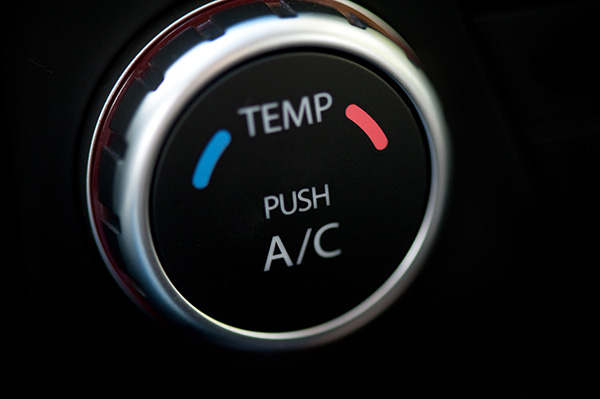
As the first frost approaches in Colorado, it's easy to focus on your heater or windshield wipers and forget about the cooling system. But your radiator, hoses, and coolant are just as important during winter as they are in summer. In fact, a neglected cooling system is one of the most common reasons cars break down in cold weather. Getting your system ready before the temperature drops can help you avoid engine trouble, unexpected leaks, or overheating, even in freezing conditions.
Check the Coolant Mixture Before the Cold Hits
Coolant, also called antifreeze, keeps your engine from freezing in the winter and overheating in the summer. The standard 50/50 mixture of antifreeze and water is ideal for most climates, but the ratio needs to be correct to offer full protection during a Colorado cold snap. Too much water in the system, and it might freeze inside your radiator or engine block. Too much antifreeze, and it may not flow properly.
You can test your coolant using a simple hydrometer tool available at auto parts stores, or have a technician check it for you. If the mix is off, a full coolant flush and refill might be the safest choice.
Inspect Radiator Hoses for Wear and Cracks
Rubber components, such as radiator hoses, tend to stiffen in cold weather, making them more prone to splitting or collapsing. A hose that looks fine in September could turn brittle by December. Start by feeling along the hoses for soft spots, bulges, or areas that feel overly hard. These are all signs of wear.
Pay attention to where the hoses connect to the radiator and engine. These areas often leak first when a hose starts to fail. If you notice crusty buildup or dried coolant stains around the clamps, you may already have a slow leak.
Examine the Radiator Cap and Overflow Tank
The radiator cap plays a big role in keeping your system pressurized. If the seal is worn or damaged, coolant may escape as vapor or leak under pressure. Over time, that small loss of coolant can lead to air pockets and uneven cooling.
Also, check the coolant overflow tank. Make sure the fluid level is between the “low” and “full” lines and that the tank itself is clean and free of cracks. This reservoir helps manage coolant expansion as the engine heats and cools, and it needs to be in good condition to function properly.
Thermostat Function Is Crucial in Cold Weather
The thermostat regulates coolant flow based on engine temperature. If it sticks closed, the engine can overheat. If it sticks open, the engine may never reach the proper temperature, reducing fuel efficiency and heater performance.
Cold weather has a way of exposing a weak thermostat. If your engine takes forever to warm up, or if the cabin heat never seems to get hot, your thermostat might not be working correctly. Replacing it now is far better than finding out it failed after a heavy overnight frost.
Don’t Forget About the Heater Core
Your vehicle’s cabin heat comes from the heater core, a small radiator-like component behind the dashboard. If your heater is blowing cold air, the core could be clogged with old coolant debris. A flush of the system can often clear it out, but in some cases, a failing heater control valve or air pocket in the system could be the cause.
If your defroster isn’t clearing your windshield or the air isn’t getting warm, it’s a sign something’s not right in the system.
Pressure Test for Hidden Leaks
Even if you don't see obvious signs of a leak, a pressure test can help find slow or hidden coolant loss. Small leaks often go unnoticed until freezing temperatures cause the coolant to expand, forcing more fluid out and making the problem worse. A pressure test pressurizes the system while the engine is cool, making it easier to spot small leaks at gaskets, seals, or connectors.
Have Your Water Pump Checked Too
The water pump is what circulates coolant through your engine and radiator. If it fails, the coolant won’t move, and your engine will quickly overheat. Look for signs like coolant dripping from the front of the engine, a squealing noise, or overheating at idle. Water pumps usually last a long time, but if yours is aging, it’s wise to replace it before winter stress makes it fail.
Be Proactive About Cooling System Maintenance
Many drivers wait until they see steam under the hood or notice their temperature gauge spiking before thinking about the cooling system. But cold weather can make problems develop quickly, and once they start, they can lead to engine damage or a no-start condition.
Preventive maintenance now will keep your car running smoothly through the first frost and all winter long. Even something as simple as topping off your coolant or tightening a hose clamp can make a difference.
Schedule Winter Cooling System Service at Rocky Mountain Car Care in Broomfield, CO
At Rocky Mountain Car Care in Broomfield, CO, we know how quickly Colorado temperatures can drop. Our team will inspect your radiator, hoses, coolant level, thermostat, and heater system to make sure you’re ready for the season.
Book a winter prep service today and enjoy peace of mind every time you turn the key on a cold morning.